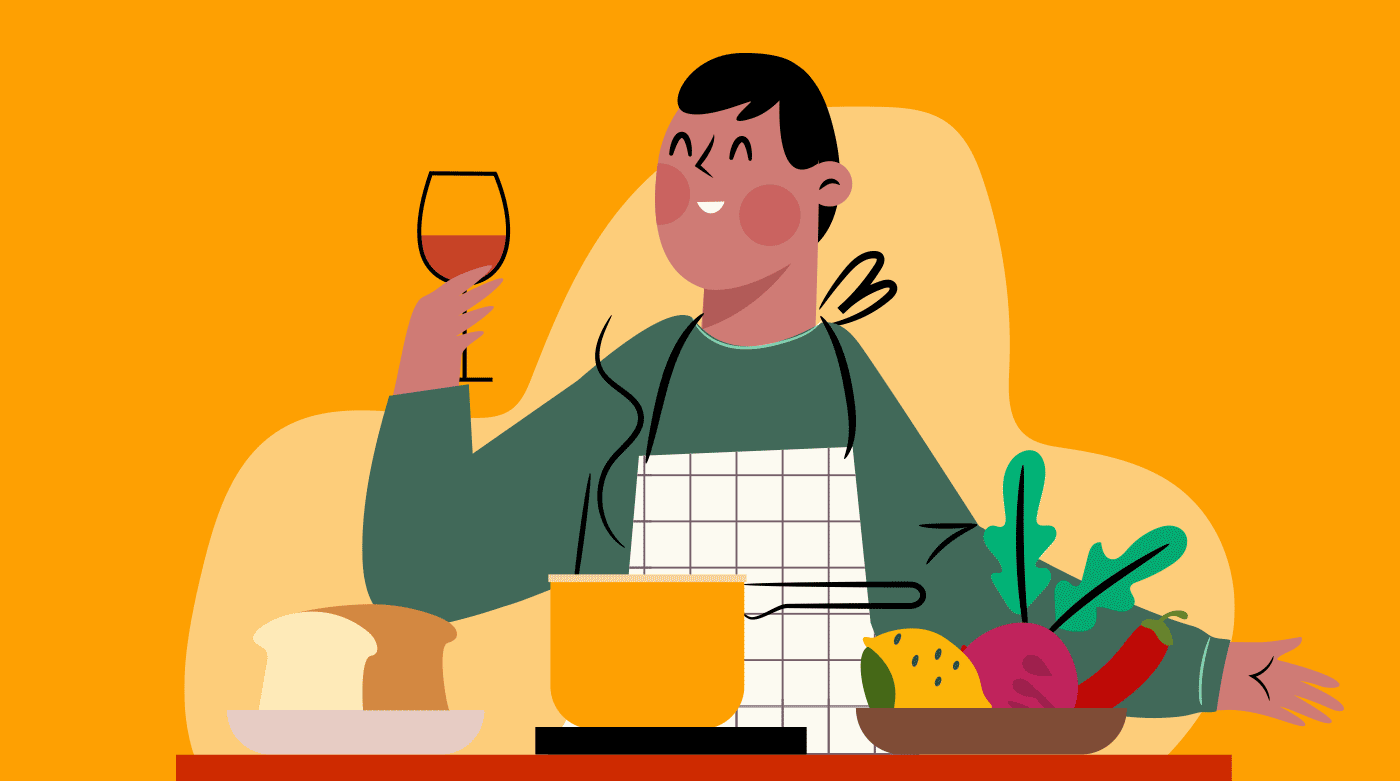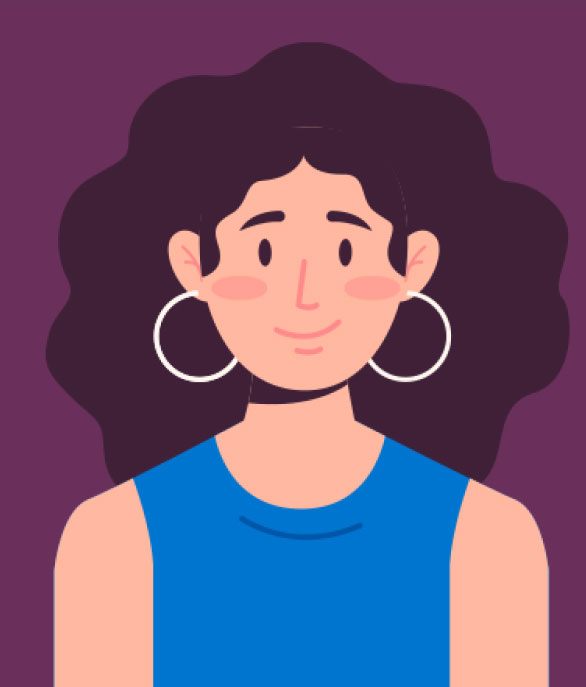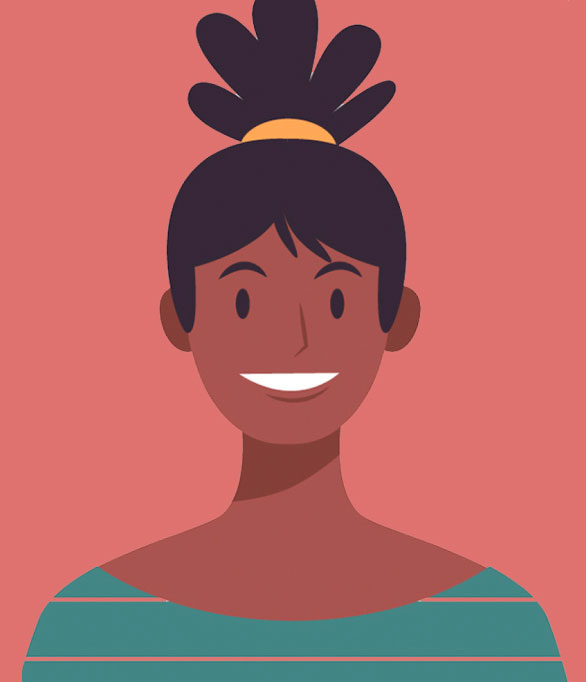When people ask me what the kidney stone diet is, I tell them the goals and share my thoughts about diet in general. There is much more to this lifestyle than just paying attention to the goals. Lifestyle change is more about the mind than it is the food. And changing the way we think about healthy eating is precisely what we discuss in the Kidney Stone Prevention Course.
I don’t know about you, but the first thing that comes to mind when I hear the word diet is, “oh no, what do I have to give up to get where I want to go?” My approach is different—I talk about all the food we CAN have, not what we can’t.
I don’t believe in giving up entire food groups while overeating others—we should be eating a wide variety of food in regular portion sizes. But this tends to be hard for most people until they buy into my teachings. I realize I’m up against decades of the diet industry narrative but I teach people how to PRACTICE their diet…for a lifetime.
——
Portion Not Perfection.
Depriving ourselves of our favorite food only makes us think about that favorite food nonstop until we eventually binge on it and quit our healthy eating altogether. And this is where my familiar “Portion, Not Perfection” mantra started.
My students and patients successfully lower their stone risk (and lose weight) because they start learning HOW to think about their diet and lifestyle. Not to think of food as good or bad but as nourishment, and sometimes our body will receive foods that may not nourish but will be enjoyable. Having your favorite food is just fine. Everyone needs the foods that bring them joy on occasion.
——
Get back on track right away.
When you indulge in sugar or salty food, get back on track. No one makes a kidney stone or gains weight with one meal choice. I promise that you will change your entire life once you stop worrying about being “on” or “off” a diet. You are simply practicing each day. It creates flexibility and gives you a choice.
——
Learn to trust yourself.
Much of my day is spent answering some form of “Jill can I have this? Jill, is this food good?”
The diet industry is constantly dictating (depending upon what fad diet they are peddling at the moment) what is good and bad food. When we think about food in this way, we become good or bad depending on what we choose. There is no good or bad food. I am permitting you to think of food as only that, food.
I know it can feel good to just be told what to do—having strict rules to follow is easy. Do this, don’t do that. But to break the cycle of losing weight/gaining weight, we have to let go of strict diets and actually learn HOW to eat. Learn HOW to make healthy choices. The KSD teaches you the HOW so you can create a healthy lifestyle to last a lifetime.
——
Knowledge is power.
Once you retrain your mind with the proper education, you will see that making the right food choices is not difficult. That is when you regain your confidence. When you have confidence, you keep making healthy choices. It’s a healthy thinking cycle I am promoting. This process will take some time, and there will be three steps forward and five steps back here and there, but you will be surprised how you can relearn what a healthy lifestyle means.
——
Why we eat.
Another vital part of lifestyle change is being mindful. We all know that kale is healthy and cream puffs are not. Why are we choosing the foods we eat when we know they will not benefit our overall health? Thousands of my students and patients tell me it is because of how they feel. They’re angry, stressed, frustrated, lonely, and anxious, and food is what they turn to for relief. Finding other outlets to help ease our current state of mind is essential, and I discuss possible solutions with each student.
——
Creating new habits.
It’s true that I talk about oxalate often. But that’s a small part of the KSD. What I spend my time talking to people about is creating new habits and what obstacles are getting in their way. To create a healthy lifestyle, you must learn new habits. This isn’t always easy, but so worth it. Once you start changing your behavior toward food choices, you will see that it’s totally doable. You need to practice, and when you fall short, you get back up and start again. Practicing leads you to habit change.
——
Remove all triggers.
Another crucial part of lifestyle change is removing all trigger foods from the house. By trigger, I mean foods you can’t have just one of.
When someone tells me, “Jill, I ate the whole box because I can’t control myself when they’re in the house.” I annoying reply, “Well, what the heck is that food doing in your house?” Just like there will never be a box of Cheez-Its in my house, get your trigger food out of yours.
So you see, I have spent decades thinking about ways to help you with lifestyle change. I have many more thoughts on the subject, but I will wrap them here before I lose you to the length of this article.
There is much more to what I am teaching you than lowering your sodium. If it were that easy, you wouldn’t still be reading. Remember, the diet industry tells you it is easy because they know you don’t want to do hard things. You buy more diet plans from them when they tell you how easy it will be. But in telling you it’s easy to change your habits, they are setting you up to fail. I will never do that. It takes time, consistency, and patience.
Changing your habits so that you can lead a healthier life IS hard. But I can promise you this— there is no more important work you will ever do.
Your friend and advocate,
Jill














Leave a Reply